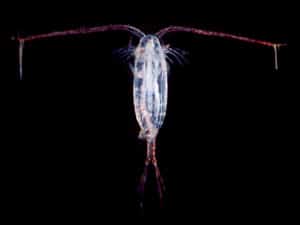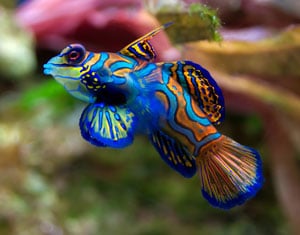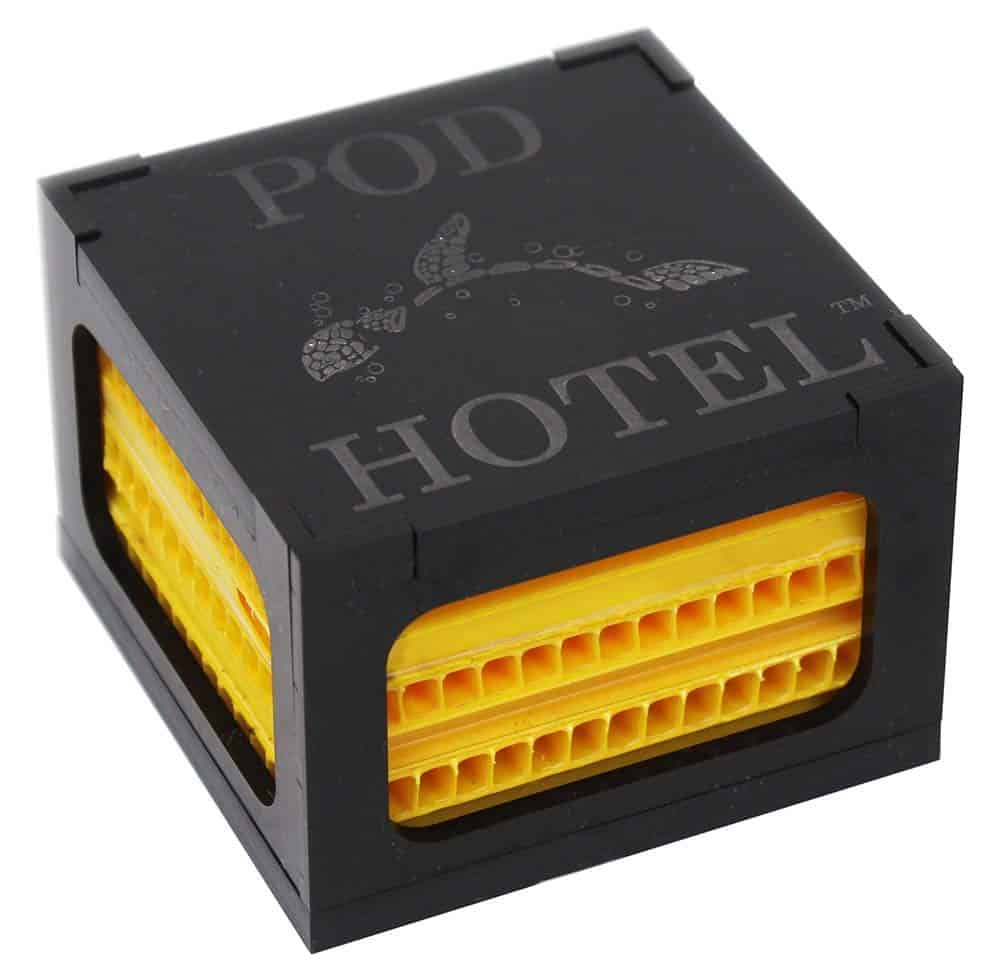Very early in my reef tank journey, I remember leaving very early one morning to go on vacation. My tank was only about 1 year old and as I put on the lights to the living room I noticed all these things scurrying around inside my aquarium.
Panic set-in! Here I was, just about to go on vacation and my aquarium was infested! Thank goodness for Google! It was at that point I leaned all about Microfauna and Pods!
Pods are a generic term for microscopic organisms that live in your saltwater aquarium. Mostly seen at night, they are Microfauna that are made up of species of Copepods, Amphipods, Rotifers, and Phytoplankton. They eat detritus, algae, keep the sandbed aerated and become food for livestock.
Having Pods in your aquarium is a great addition and they really benefit your tank in many ways. Read on to find out why…
What Are Pods?
Pods are microscopic animals that live in both freshwater and saltwater environments. The many types of Microfauna found in our hobby are great additions to your aquarium as they play a key role in several areas:
- They Feed On Algae – Even though these guys are microscopic, the numbers they can populate to can provide an army that feeds on your algae. They play a great role in helping keep algae to a minimum.
- They Feed On Detritus – All that uneaten food and fish poop that falls into the inaccessible nooks and crannies and gets stirred into your sandbed is a smorgasbord for Pods. Crawling around your rocks and sandbed these critters help keep Detritus under control.
- They Are Food For Your Inhabitants – Pods come in a range of sizes that all fit into varying mouth sizes. As your pods float around in the water column or are found by your fish, snails, and crabs they get eaten. Corals will also benefit from them and help keep them fat and colorful!
Are There Different Types Of Pods?
The majority of Pods found in our aquariums fall under a few common species. Ranging in size there is something for every mouth:
Copepods ( Click to find out more at Amazon.com ) – These critters are by far the most common in our aquariums. They range from 0.2mm up to 10mm and there are 1000’s of species.
Copepods are great for consuming plant matter, decaying fish waste and nuisance algae such as diatoms.
They also get eaten by your inhabitants and a healthy Pod population is an absolute must if you wish to keep Mandarin Dragonets. It is usually all they eat and they consume Pods at a rate of one every 5 seconds, if they can find them!
Amphipods ( Click to find out more at Amazon.com ) – Amphipods in your aquarium are the prawn-like creatures that grow up to about 10mm. These guys also feed on algae and detritus and help to reduce Nitrates. These are a good meaty meal for any passer-by, they breed fast and are a great addition to your Pod community!
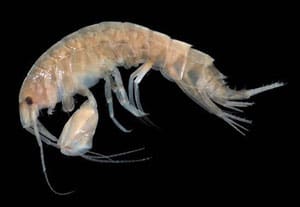
Rotifers ( Click to find out more at Amazon.com ) – Rotifers are one of the tiniest critters you may find in your tank. At 0.5mm in length, they will appear as tiny specs of dust, but they are working! Their diet of dead and decaying matter makes them a super janitor in all those microscopic places in your aquarium system.
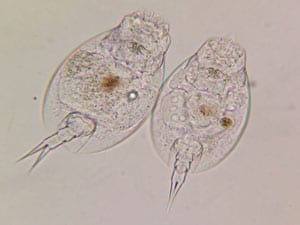
Phytoplankton (Click to find out more at Amazon.com ) – This species of Macrofauna is made up of simple celled plant life on a microscopic level. Because they are plant-based they photosynthesize so they consume Carbon Dioxide and expel Oxygen when subjected to light. They are fed on by the organisms listed above as well as filter-feeding corals within your aquarium.
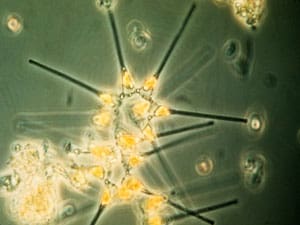
How Did Pods Get Into My Reef Tank?
As your aquarium begins to mature after is Nitrogen Cycle you may begin to see Pods scurrying around, especially at night.
It takes Pods approximately 4-6 weeks to grow large enough to be seen by the naked eye and anywhere from 4-6 months to multiply to numbers where you can begin to notice them.
If you have never added any though, how did they get in your tank?
There are a few ways they can enter into your aquarium:
- They were already in the sand if you purchase a Live Sand product like CaribSea Arag-Alive
- They came in as hitchhikers on a coral frag
- They were already populating the Live Rock you purchased
- They were living on the Live Rock you used to seed your purchased Dry Rock.
No matter how they got there, you have a really good diverse, janitorial team that will keep multiplying and supplying your inhabitants with free food! Congratulations!
What Are Refugiums & Pod Condos?
What the heck are those?
Depending on the size of your aquarium and the livestock you have in it, or plan to put in it your Pod population can be decimated by a ‘Pod Every 5 Seconds Eating Machine’ like a Mandarin Dragonet!
The key is to find a balance between a constant supply of food being available to your inhabitants but keeping enough alive to look after the janitorial tasks in your aquarium.
This is where a Refugium or Pod Condo comes into play.
Refugiums
A refugium is just as it sounds – A Refuge. They are an area separated from the inhabitants of your aquarium that you can grow Macroalgae like Cheatomorpha (Cheato for short) that helps to consume algae causing compounds like Nitrates and Phosphates, but they also provide an area for safety for your pods to multiply.
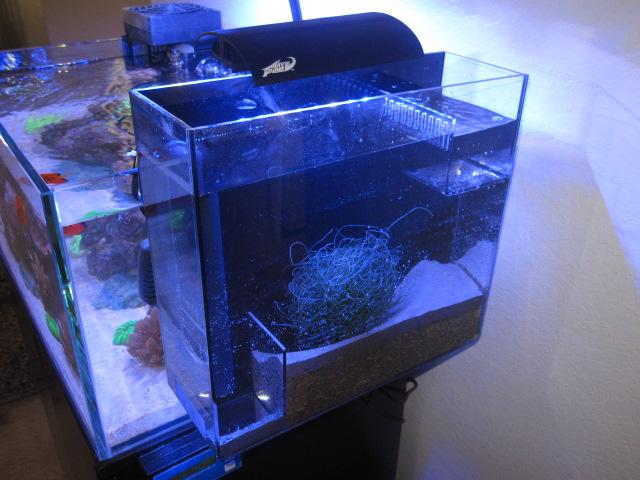
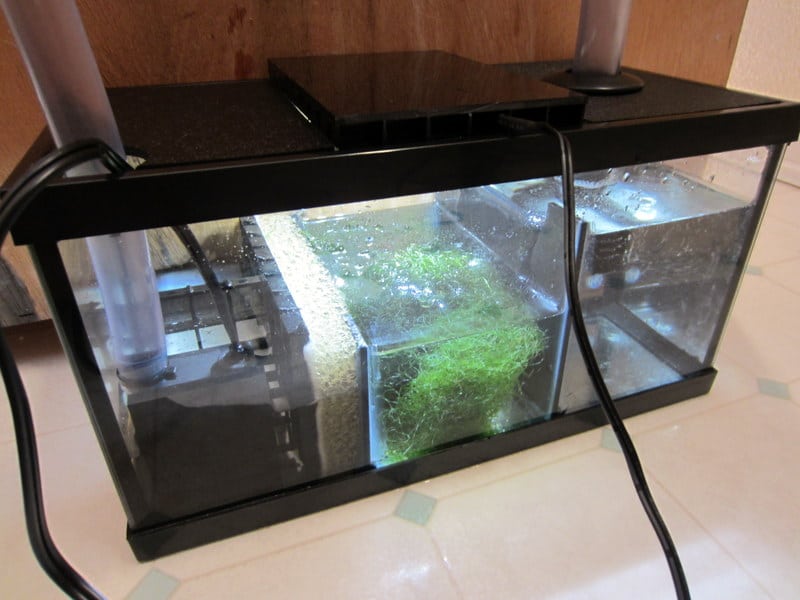
As the water flows through the refugium the pods are picked up and transported into your main display tank where they will either stay hidden and survive or get eaten.
If you have a sump, you can section off an area to become a refugium or if you have an All-In-One aquarium then you can purchase a Hang-On type refugium.
Pod Hotel/Condo’s
These are similar to Refugiums but are exclusively used just to provide a safe haven for Pods to multiply in. They are a great alternative to those who are limited to space and do not want an ugly refugium hanging off the side of their stylish AIO aquarium.
Another alternative if space is really at a premium is to make your own DIY Pod Condo. There are many results from a Google search and they are really simple.
Some plastic mesh, some dry rock rubble, and a few Zip-ties are all you need!
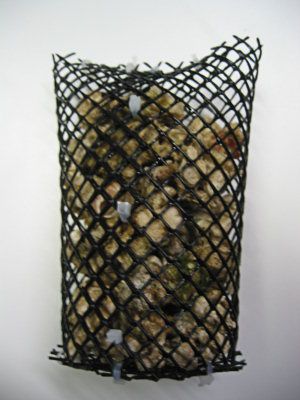
Do Livestock Eat Copepods?
For those of you looking to see if any of the fish you have will eat them or which fish predominantly feed on Pods here is a list:
Filter Feeding Corals – Clams, LPS, SPS
Sea Horses
Mandarin Dragonets – Pods are mostly the only thing they eat!
Blennies
Wrasse’s
Pretty much most fish that see one, will eat one!
Where Can You Buy Pods & Phytoplankton For Your Aquarium?
Now you have learned all about Pods you may want to seed your own aquarium, especially if it has just come out of its Nitrogen Cycle. Seeding in the early months of your aquarium’s life will give the Pods a chance to get established and begin to multiply into vast numbers before they begin to get picked off.
There are some really good Seeding Starter Kits available that include a variety of different Pods and in a variety of physical sizes. Here are two really popular ones:
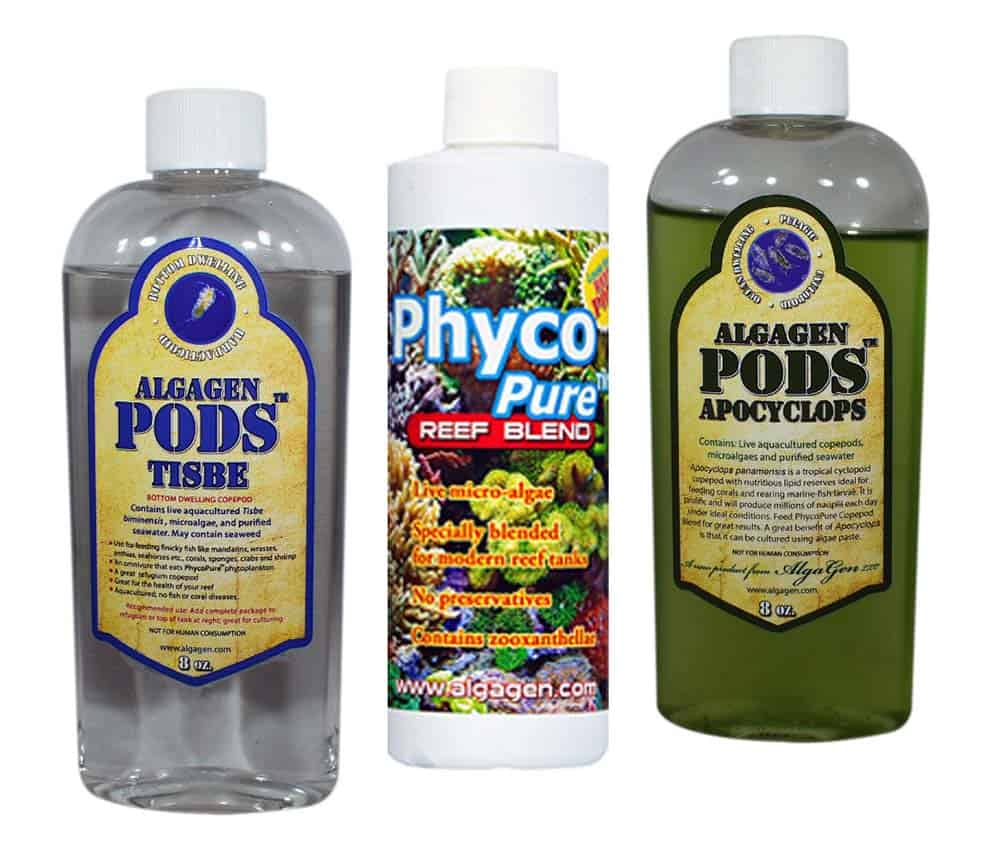
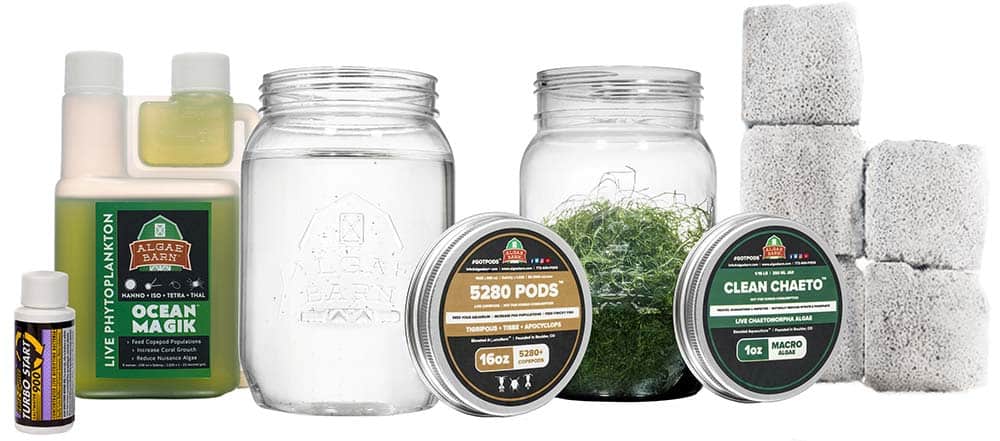
There are many, many great places to buy live Pods and Phyto and your first option would be to ask at your local fish store. Failing that, one of the easiest places online is Amazon.com.
Click the link below to take you to a great selection, with lots of information and reviews:
Click Here for Pods at Amazon.com
To Finish
Pods of all species are a great asset to your saltwater aquarium and by establishing a healthy Pod population in your aquarium it will really be beneficial. Not only to your biological filter but also to your coral and livestock by providing them with free food!
No matter if your tank is new or if it is a few years old, if you cannot see any pods scurrying around when you shine in a flashlight at night I really recommend you get some and add them in!
Further Reading
If you found this helpful I really recommend you take a look at some of our other articles you may like to read:

